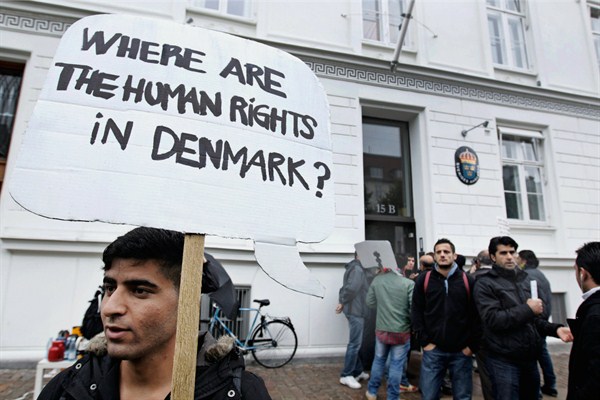STOCKHOLM, Sweden—For decades, Swedes have taken pride in providing a safe haven to the world’s huddled masses. Their country took in 163,000 refugees in 2015 alone. That equaled about 1.6 percent of Sweden’s population, an intake of refugees far higher than most of Europe, both in absolute terms and per capita. But times have changed.
Unlike new arrivals who were often previously awarded permanent residency, the vast majority of asylum-seekers who have arrived since November 2015 are only eligible for a temporary permit to stay in Sweden. The government stated at the time of this policy shift that it aimed “to temporarily adjust the asylum regulations to the minimum level in the EU so that more people choose to seek asylum in other EU countries.” As a result, bringing families of migrants and refugees into Sweden has become much harder. With its tougher laws, Sweden now finds itself at the bottom of the European Union when it comes to welcoming refugees.
Putting this new policy in practice has brought back measures that were thought to be a thing of the past. Jan. 4 marks a year since the government shut the Swedish-Danish border. Crossing the bridge over the Oresund Strait between both countries, a daily commute for many, is now subject to passport checks. For the first time in half a century, photo identification is required for all entrants from Denmark.

